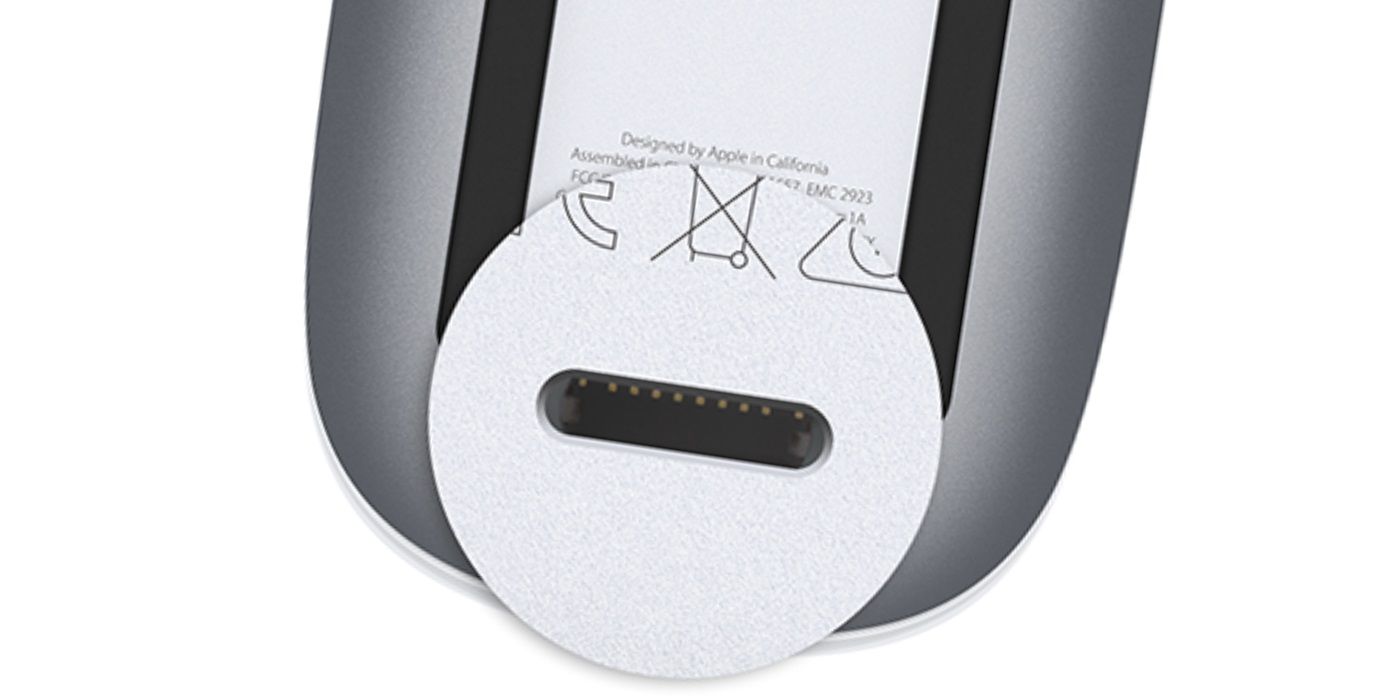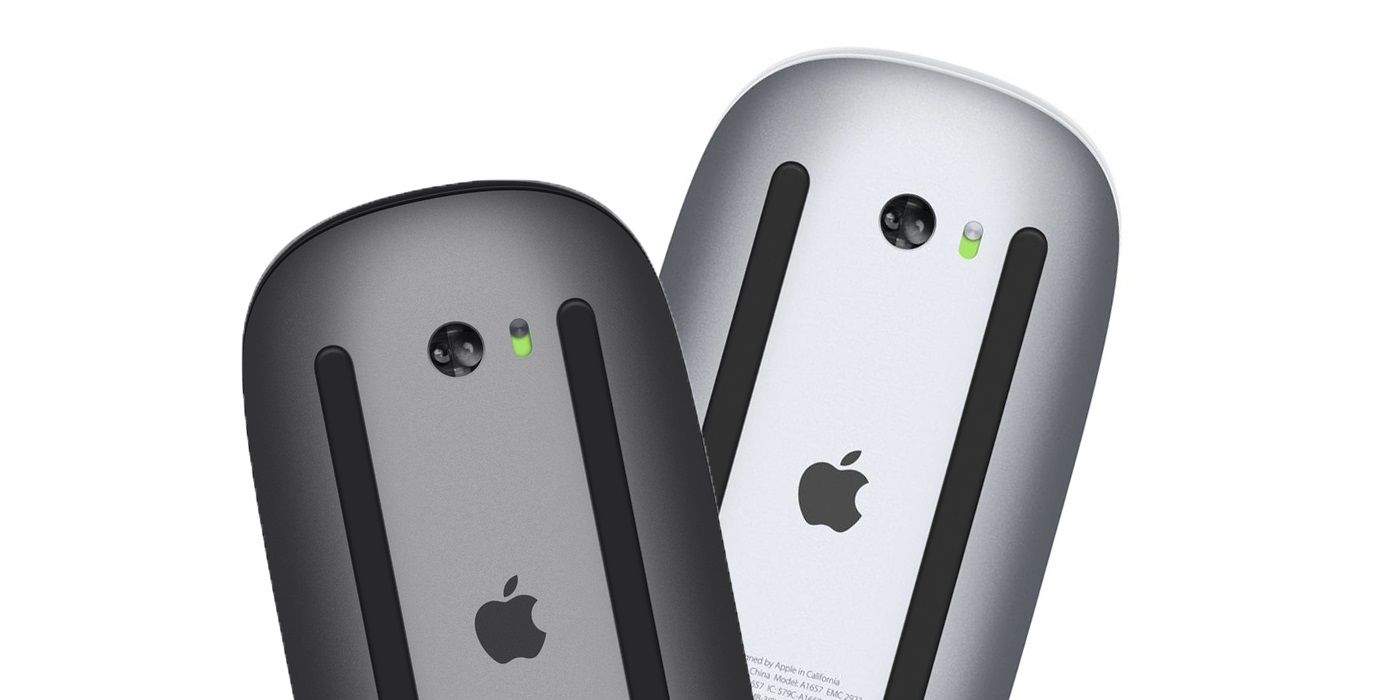Apple’s Magic Mouse 2 is a useful accessory for Mac computer and MacBook users, except when it is charging. The company designed the mouse in such a way that it can only be used when not connected to a charger. While it remains unclear why the Lightning port is on the bottom of the mouse, it is in line with how the company approaches the design of its products in general. Not to mention, consistent with the design of the original Apple mouse as well.
Apple announced the Magic Mouse 2 all the way back in October of 2015. The accessory was unveiled along with the Magic Keyboard and the Magic Trackpad 2. All of which were launched as part of a wider iMac family update. Since then, the Magic Mouse 2 hasn’t been updated with a newer model or even encountered a price drop. Apple's Magic mouse originally went on sale for $79 in the United States and that's the exact same price it costs to buy today.
At launch, one of the major selling points with the Magic Mouse 2 was the inclusion of rechargeable batteries. This allowed users to simply connect the mouse to a charger, removing the need to swap the batteries with new ones or encounter any downtime. Well, that would have been the case if it was not for the Lightning port being located on the bottom. A design move that effectively renders the mouse unusable when charging. Why Apple decided to design a mouse that can’t be used when charging has never officially been explained, although the company does claim that the charge is sufficient enough to last for at least one month. While the long battery life might be one of the reasons, the company’s general design philosophy is likely to be another.
Designed By Apple In California
Apple may be a device-maker, but in many ways, that’s second to a device-designer. Apple has always placed great emphasis on the design of its products, and often labels many with ‘designed by Apple” as some kind of stamp of approval. In fact, the company even released a photo book in 2016. Starting at $199, “Designed by Apple in California” highlights the company’s emphasis on design and how it has been a driving force at Apple throughout the years. In the book’s foreword, Jony Ive explains how the company strives “to define objects that appear effortless” and “so simple, coherent and inevitable that there could be no rational alternative.”
In this sense, the positioning of the charging port on the bottom of the mouse is unlikely to be something that’s accidental or even a mistake. If anything, it is by design. More to the point, it was likely a decision Apple made in the belief that it was the best way to add the recharging feature without compromising the overall design of the mouse. While a charging port on the top or front would be more useful and beneficial to the user, would it represent the effortlessness and no rational alternative that Apple continually seeks, or would it just look like another mouse?
Source: Apple


